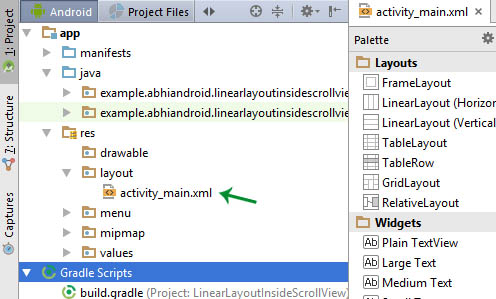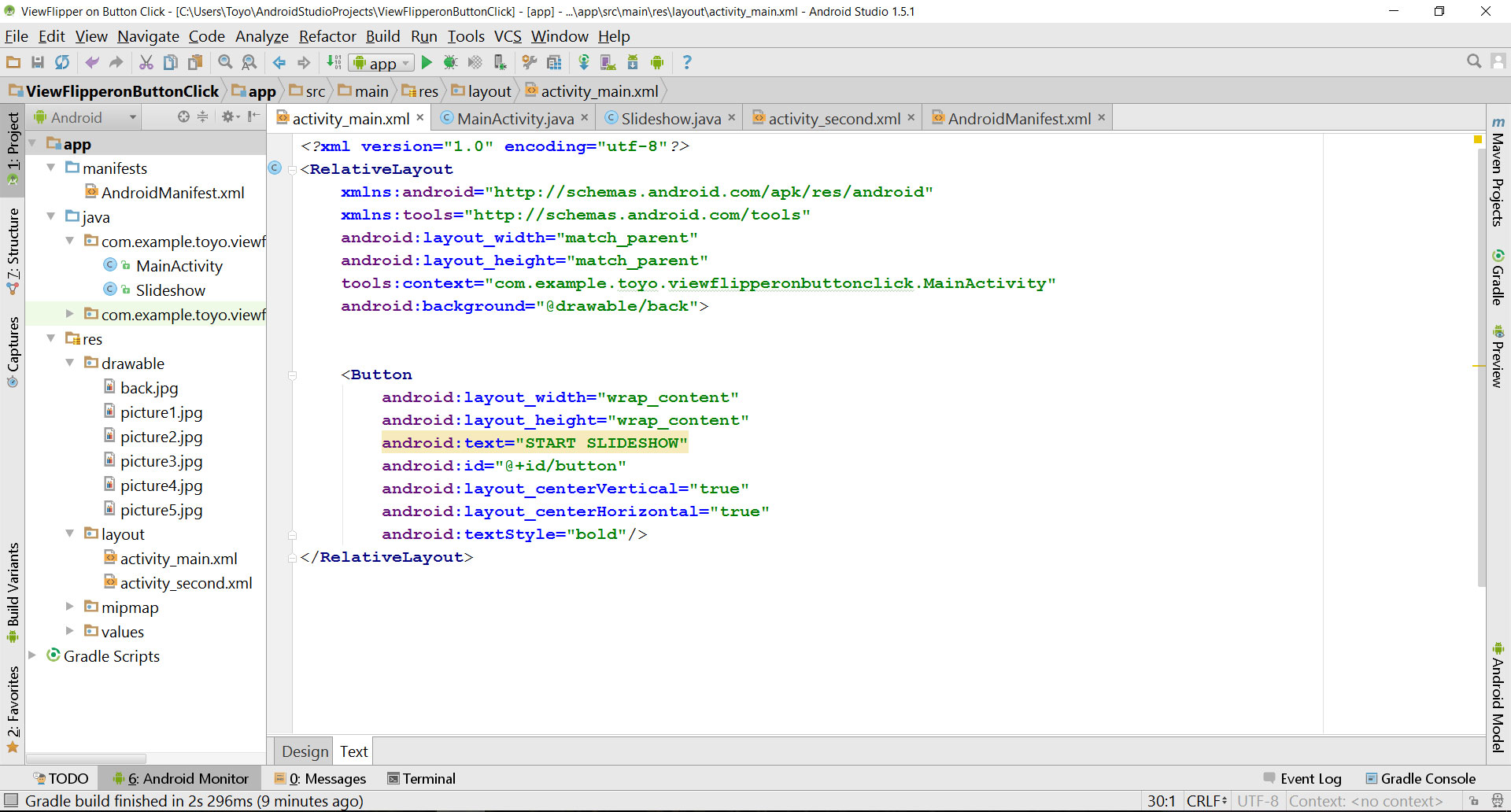

You want this number to be as low as possible (depending on your business requirements for your app) so that your app can run on as many devices as possible. The minimum SDK version is the minimum version of Android-represented by its API level-that is required for the device to run this application. Here, therefore, type HelloWorld for your activity name. An activity is going to be represented by a Java class, so its name should adhere to Java class naming conventions: start with an uppercase letter and use CamelCase to separate words. We haven’t covered activities yet (you’ll learn about them in Chapter 7), but think of them as corresponding to the various screens in your application. This example uses, but you should choose a unique domain name.

We might use if we were building a calculator app and our domain name was. Your package name should be the reverse of your domain name with optional subdomains. In Android, packages are also important for application signing purposes. Packages are important because, among other things, they control which objects are visible to Java classes in your project. In Java, all source code is organized into packages. The application name is the plain English name of your application. Repeat the command-line terminal tests discussed at the beginning of this section to make sure the installation was successful and you have the right version of Java installed.įill out your project properties.
#ANDROID XML TOOLS FOR ANDROID#
If you must use it, you can make it work for Android by setting it to behave as Java 1.6 (in Eclipse, go to Preferences → Java → Compiler and set the Compiler compliance level to 1.6 or above).Īfter you download Java Development Environment Standard Edition 1.6 or later for your appropriate operating system, you can usually set it up just by running the automated installation script. Note that as of right now, Java 1.7 or Java 7 is not fully supported by Android, nor does Android need any Java 7 features. Since Gingerbread, it has been upgraded to Java 1.6, a.k.a. Regarding versions, Android was initially based on Java version 1.5, a.k.a. Java also ships in three editions: Standard Edition (JavaSE), which is your basic Java Enterprise Edition (JavaEE, also known as J2EE), which is a bloated enterprise superset of libraries and tools and Mobile Edition (JavaME), which is used by some mobile devices, but not by Android devices. The JRE on its own is good only for running existing Java code. To program for Java, you need the JDK, which includes the Runtime Environment. Java comes as a Runtime Environment (JRE) and Development Kit (JDK). You want the Java Development Kit (JDK) Standard Edition (SE), version 1.6 or later.
#ANDROID XML TOOLS INSTALL#
Windows users should install it via a download from the official Oracle site. Linux users may have an automated package installation utility, depending on the Linux flavor.
#ANDROID XML TOOLS UPDATE#
Mac users can install Java directly from the Software Update app. If you pass these two tests, you can proceed to Installing the Android SDK. Java HotSpot (TM ) 64-Bit Server VM (build 20.6-b01-413, mixed mode ) > javac -version


 0 kommentar(er)
0 kommentar(er)
